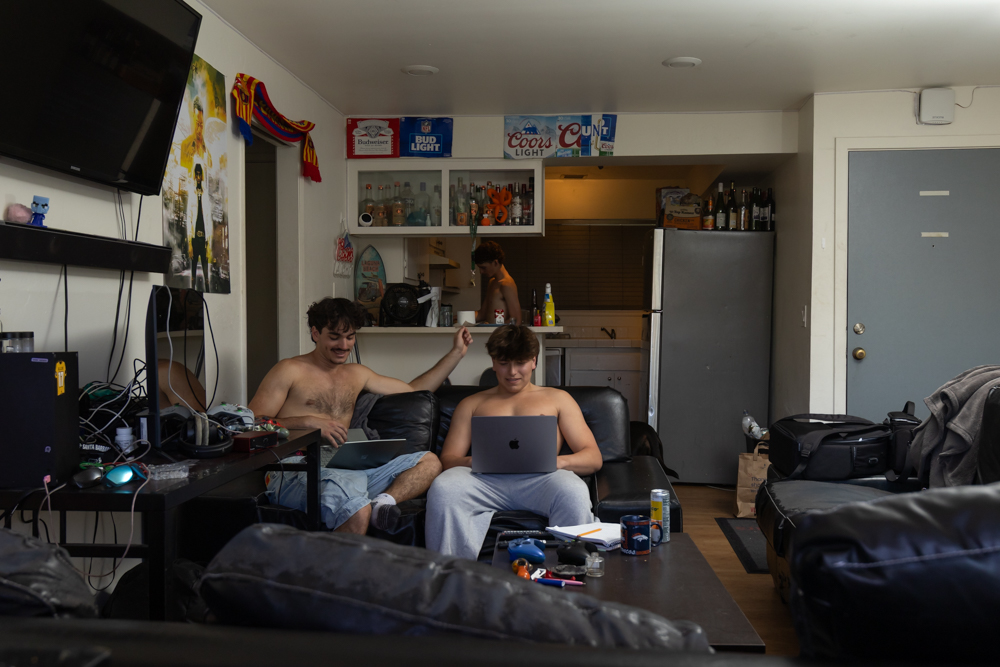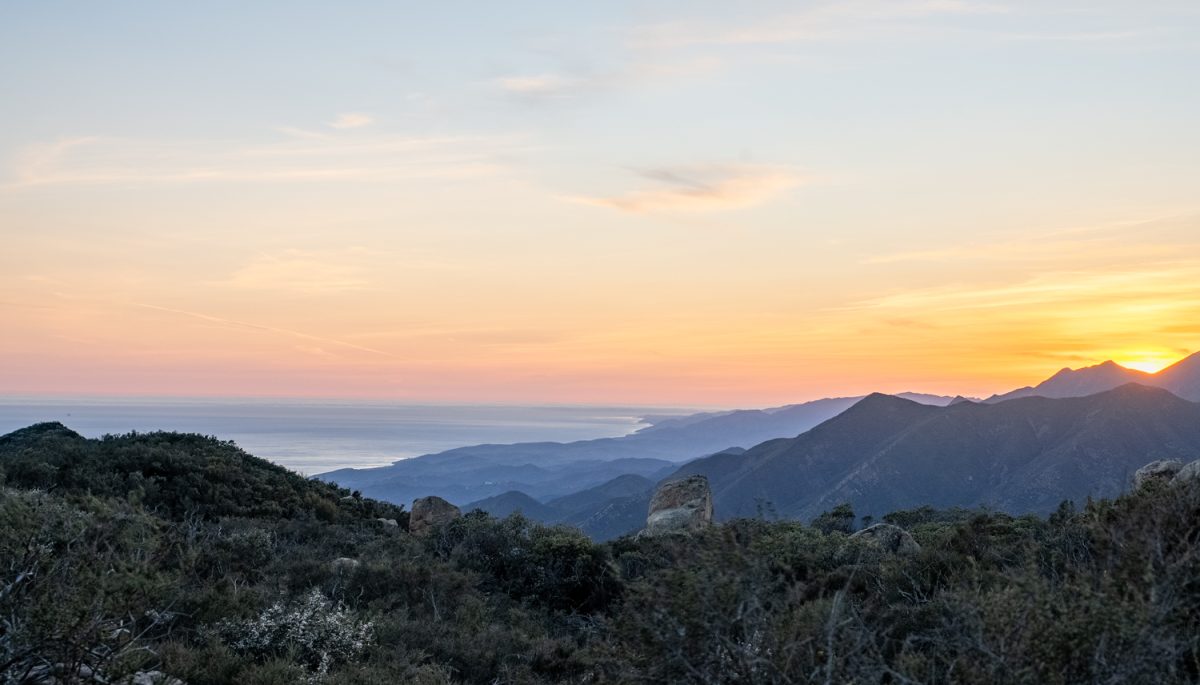In UCSB’s Multicultural Center (MCC), pins are spread across a fold-out table. Each one is outlined in red, displaying an oil rig in the background, and in the forefront, hands raised high hold posters that read “Stop Sable Pipeline”. Students spill out of a room to the right of the table, some sitting cross-legged on the floor, others standing on their tiptoes to peer through the doorway.
At the front of the room, a projector casts blue bold words stating “Public Comment Example” which outlines how students can engage in discourse during public hearings.
Next door, another room smells faintly of paint as students squeeze green, blue, and red globs onto paper plates. They lean over poster paper and cardboard, one student sketches the earth on fire with an oil rig in the background,and the words “Disable Sable” are written across the top in black letters.
All of this is part of a coordinated effort led by student organizations at UCSB. Groups such as the Environmental Affairs Board (EAB), Environmental Law Club, and CALPIRG have worked together to educate students and advocate against Sable, an oil and gas company that aims to recommission three oil platforms known as the Santa Ynez Unit.
“I really want to be creating a community around environmentalism,” said Izzi Sistek, chair of environmental affairs advocacy board. “That is the best way to overcome systems of oppression and advocate for the drastic changes that we need to make in society.”
On May 19, 2015 a pipeline near Refugio State Beach ruptured spewing over 100,000 gallons of crude oil. Hundreds of animals including sea otters, brown pelicans and humpback whales were killed while the deep-blue waters blackened, making it the second-largest oil spill in Santa Barbara’s history.
The oil platform was shut down following the spill. However, Sable purchased the pipeline from its previous owners ExxonMobil. The Santa Barbara Planning Commission approved the transfer of permits in October 2024 and Sable has begun repairing the pipelines that caused the spill despite the California Coastal Commission orders.
Sistek said that Sable is trying to restart the old corroded pipeline while applying the same spill-protection systems that were in use before the 2015 spill, which she found was ineffective.
“[Sable] haven’t made significant repairs to the pipeline, and now they are trying to restart it,” said Sistek. “If it does get restarted, it’s not a matter of if a spill happens, it’s a matter of when.”
In their meetings, they brief members on upcoming hearings, write emails and postcards to the governor, draft public comments and plan campus awareness campaigns.
Their organizing has led to moments of student advocacy at several key public hearings. On Feb. 25 an estimated 50-100 students arrived at the Santa Barbara County Board of Supervisors meeting dressed in green. During the public comment period, which lasted six hours, several students presented speeches opposing the permit transfer. The hearing ended in a two-to-two tie vote denying the permit transfer and pausing any further action.
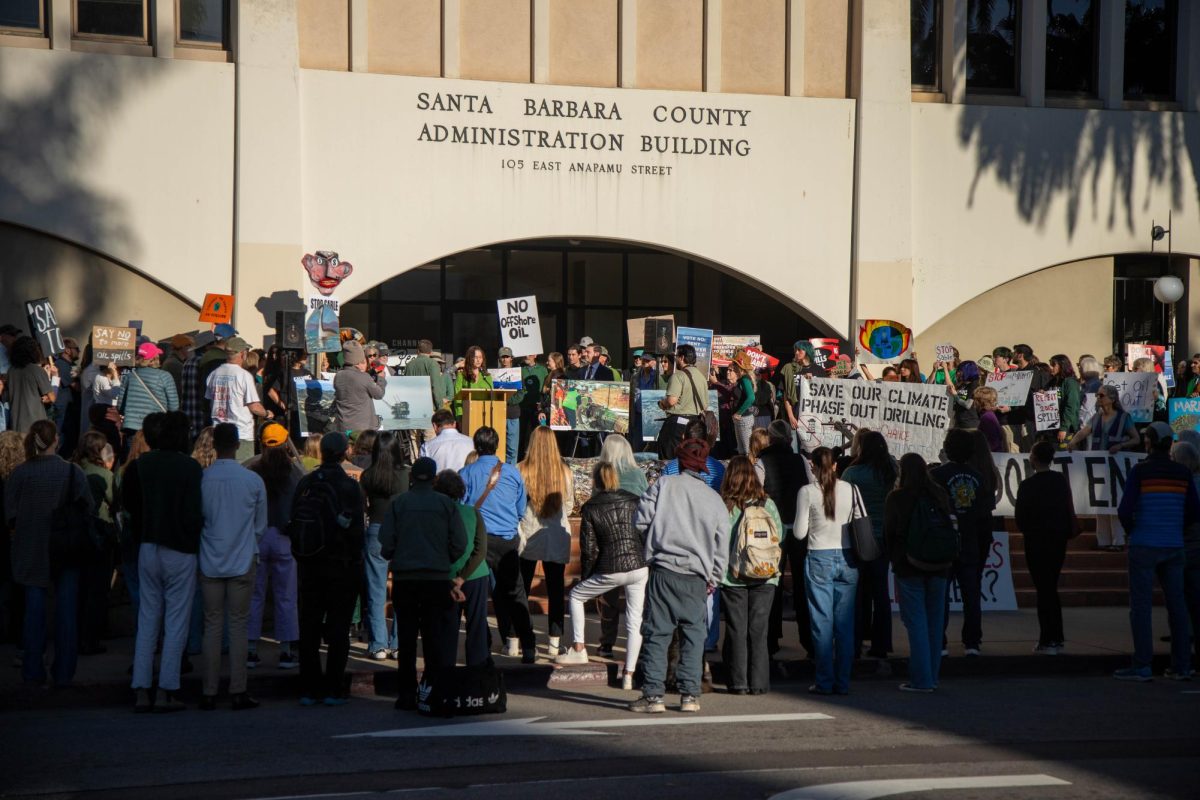
“It’s so exciting to see democracy in action,” said Sistek.
Most recently around 30 students attended the California Coastal Commission meeting on April 11 held at the Hilton Beachfront Hotel. Dressed in red they arrived an hour before the doors opened at 8:30 a.m. to find themselves physically blocked from the meeting room by Sable representatives wearing plaid shirts and hats with Sable’s logo. Mia Dicostanzo, president of the environmental law club, recounts being cut in line, pushed aside and having to force her way through a crowd of larger Sable officials to get a seat.
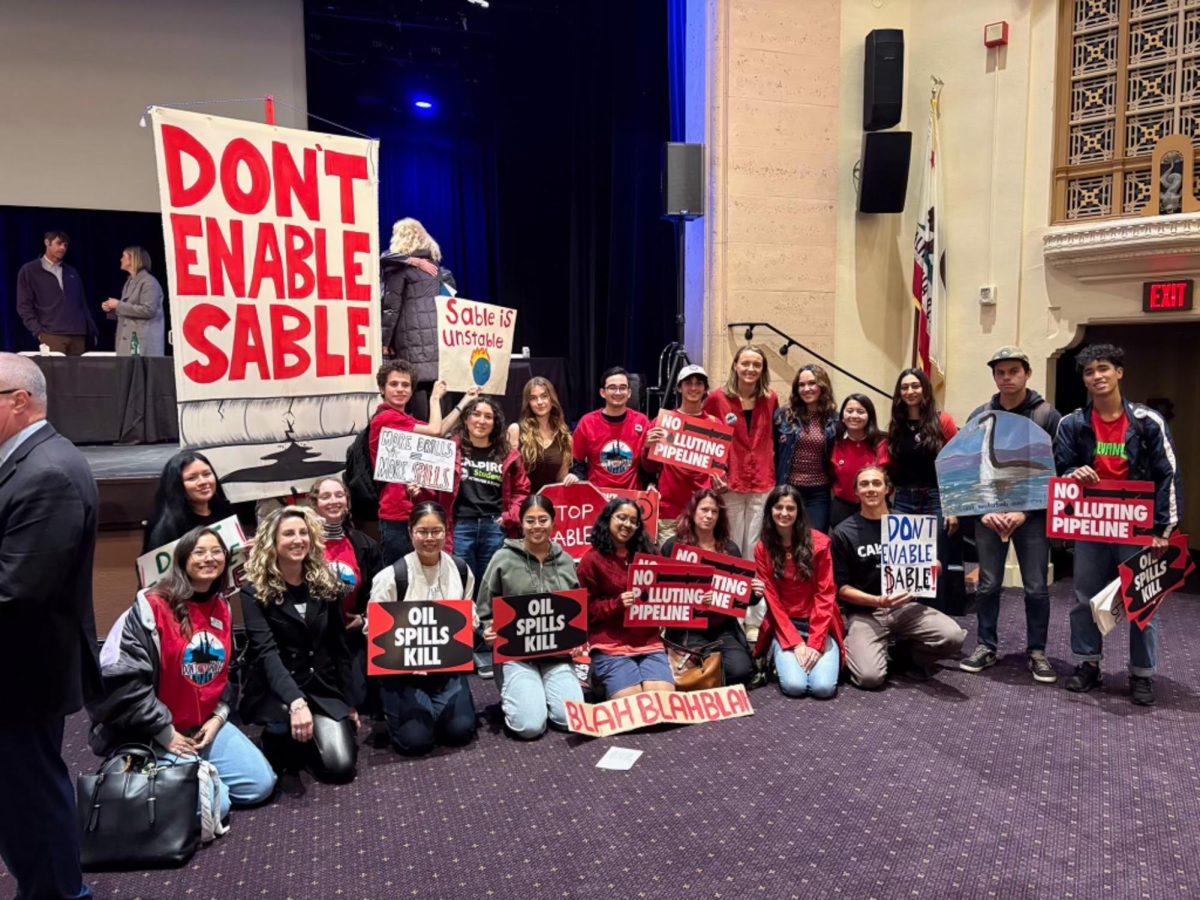
“On an individual level we all have a voice and you should feel empowered to use that voice because we’re the future and we deserve to be heard,” said Dicostanzo.
In the end, the Coastal Commission fined Sable $18 million for unauthorized construction, making it the largest penalty that the California Coastal Commission has ever issued.
In a response from Sable, they said through email, “The Santa Ynez Unit will provide a secure, consistent source of domestic refinery supply, replacing approximately one million barrels per month of foreign crude oil imports . . . while reducing carbon emissions up to a factor of four.”
While the plan is presented to improve energy security there are concerns that it diverts attention from other forms of carbon-neutral energy.
“I don’t think that we need to be starting any new projects when we’ve already committed to projects like 30 by 30, 30% renewable energy by the year 2030,” said Dicostanzo. “It really doesn’t make sense for the leading climate state in the world to be backtracking like this.”
The EAB meets at 7 p.m. every Wednesday in the Graduate Student Association Lounge on the second floor of the MCC, Room 2523. The Environmental Law club meets at 6 p.m. every other Tuesday on the fourth floor of Bren Hall, Room 4016.
“The public is watching you, and it is going to hold you accountable for what you’re doing,” said Sistek.


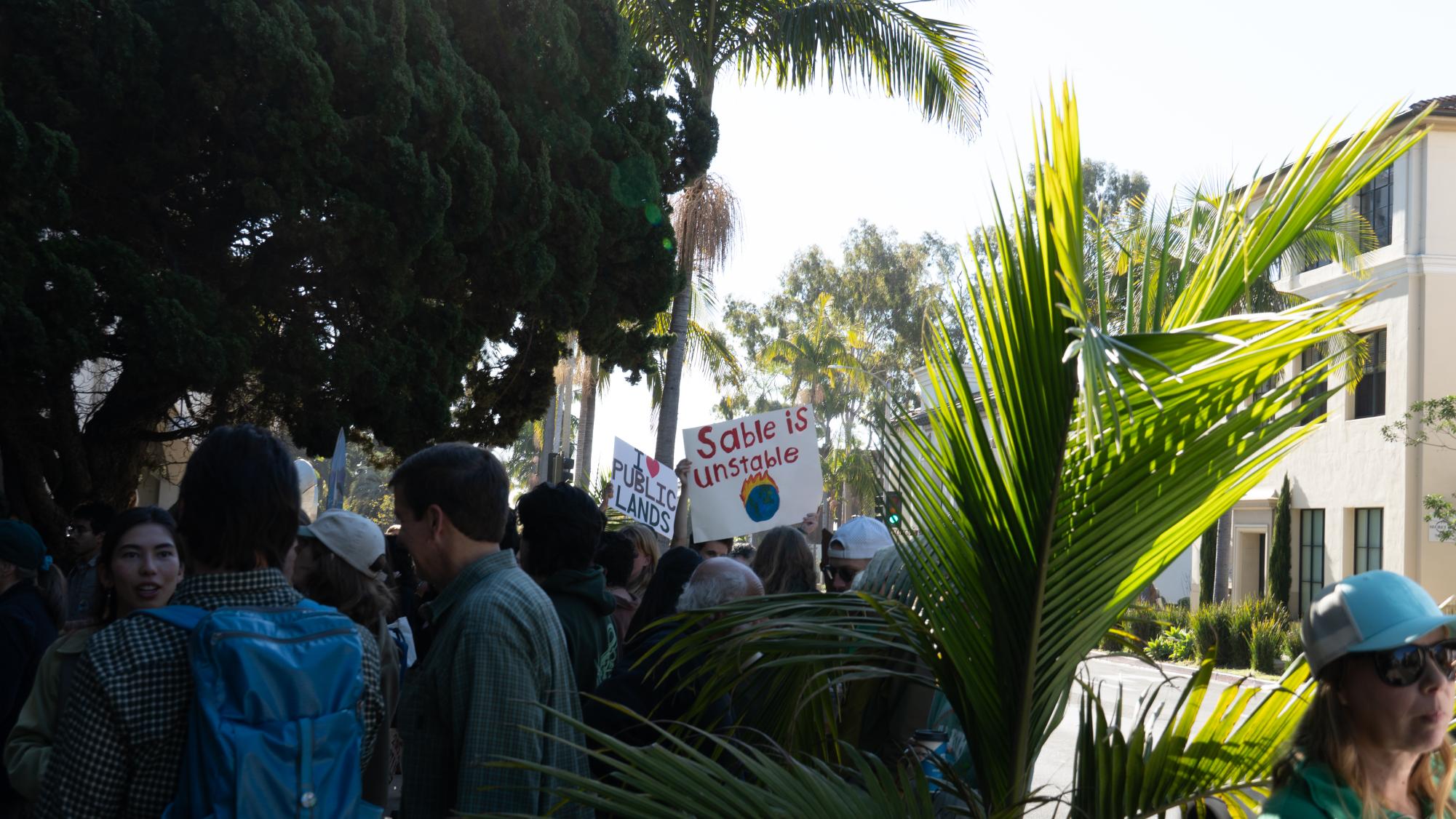



![Milton Alejandro Lopez Plascencia holds a flag showcasing the United States and Mexico on Feb. 7 in Santa Barbara, Calif. “It’s heartbreaking to see what is happening all across the country,” Lopez Plascencia said. “I [want] my voice to be heard by the community.”](https://www.thechannels.org/wp-content/uploads/2025/05/MGSImmigration-1-1200x800.jpg)
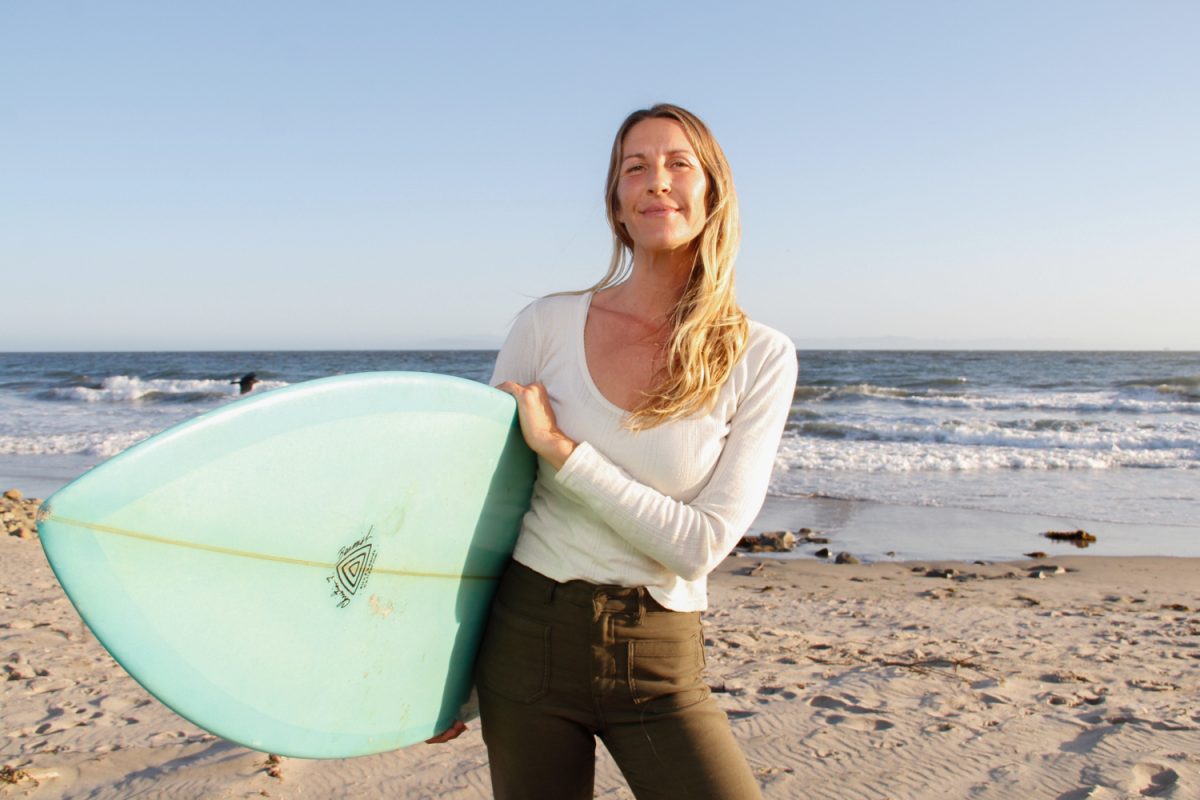
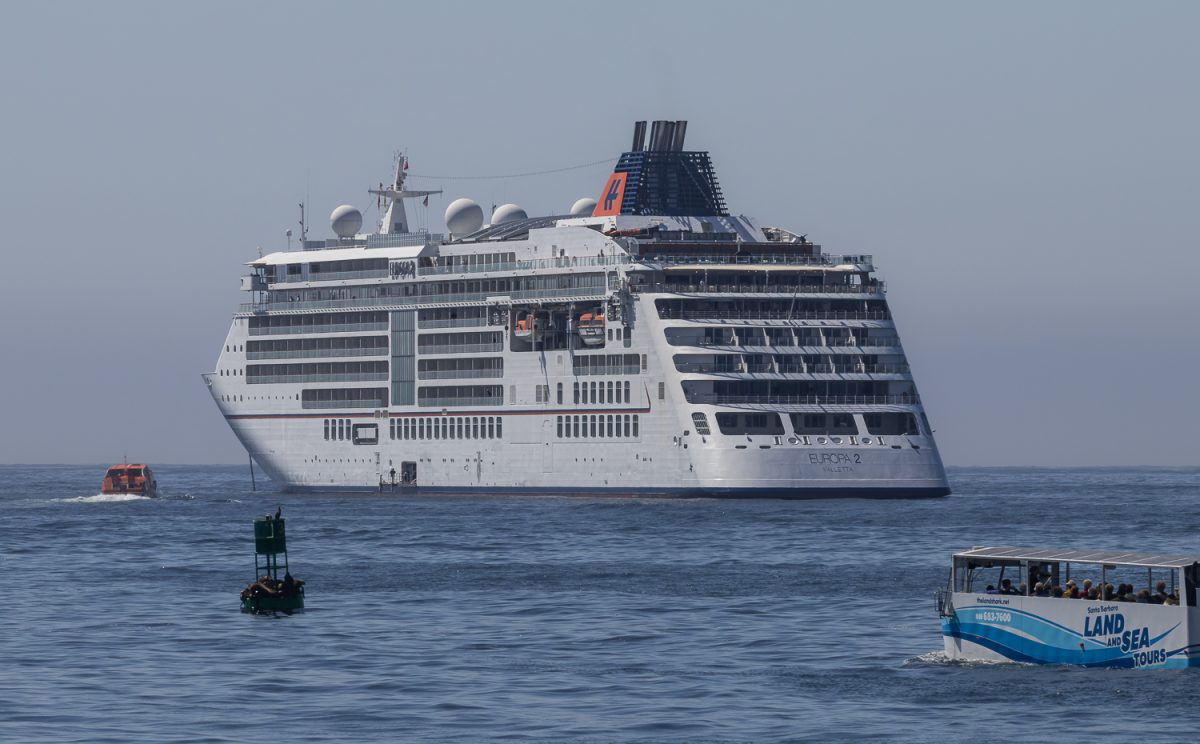
![The new Dean of Social Science, Fine Arts, Humanities and English, Eric Hoffman beams on May 2 in Santa Barbara, Calif. "My major professor in college [inspired] me," Hoffman said. "You can really have a positive impact on people's lives in education."](https://www.thechannels.org/wp-content/uploads/2025/05/MGSHoffman-2-1200x800.jpg)
